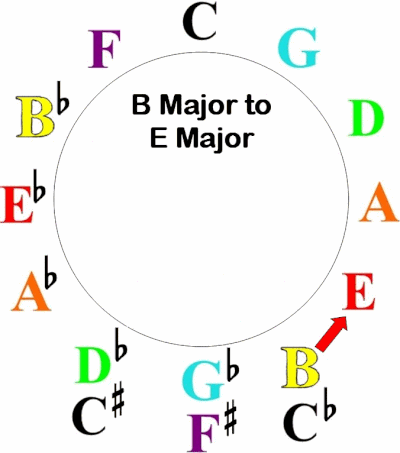The following two tabs change content below.


Greg Lee
Hi, my name is Greg Lee. I'm the creator of the Color Score Professional/Visual Chord Learning System. I love to share ideas and concepts about piano and keyboard playing in all styles of music. I believe the key to learning is having fun and making complicated things simple with visual tools and illustrations.
Latest posts by Greg Lee (see all)
- What is a minor/Major 7 Chord? - October 26, 2023
- 7 Chord Substitutions that Professionals Use - October 19, 2023
- 5 Simple Chord Tricks to Sound Amazing - October 5, 2023


 change from one tonality (tonic, or tonal center) to another. It's not to be confused with transposition which is changing the key of music overall to accommodate an instrumentalist or singers voice.
change from one tonality (tonic, or tonal center) to another. It's not to be confused with transposition which is changing the key of music overall to accommodate an instrumentalist or singers voice.













 Just keep in mind that that a key change can occur to any key. But as with anything else, there are always common patterns. Look for these key changes the next time you play from a chord chart or lead sheet. The more you notice them, they'll become easier to add into other music that you play.
Just keep in mind that that a key change can occur to any key. But as with anything else, there are always common patterns. Look for these key changes the next time you play from a chord chart or lead sheet. The more you notice them, they'll become easier to add into other music that you play.